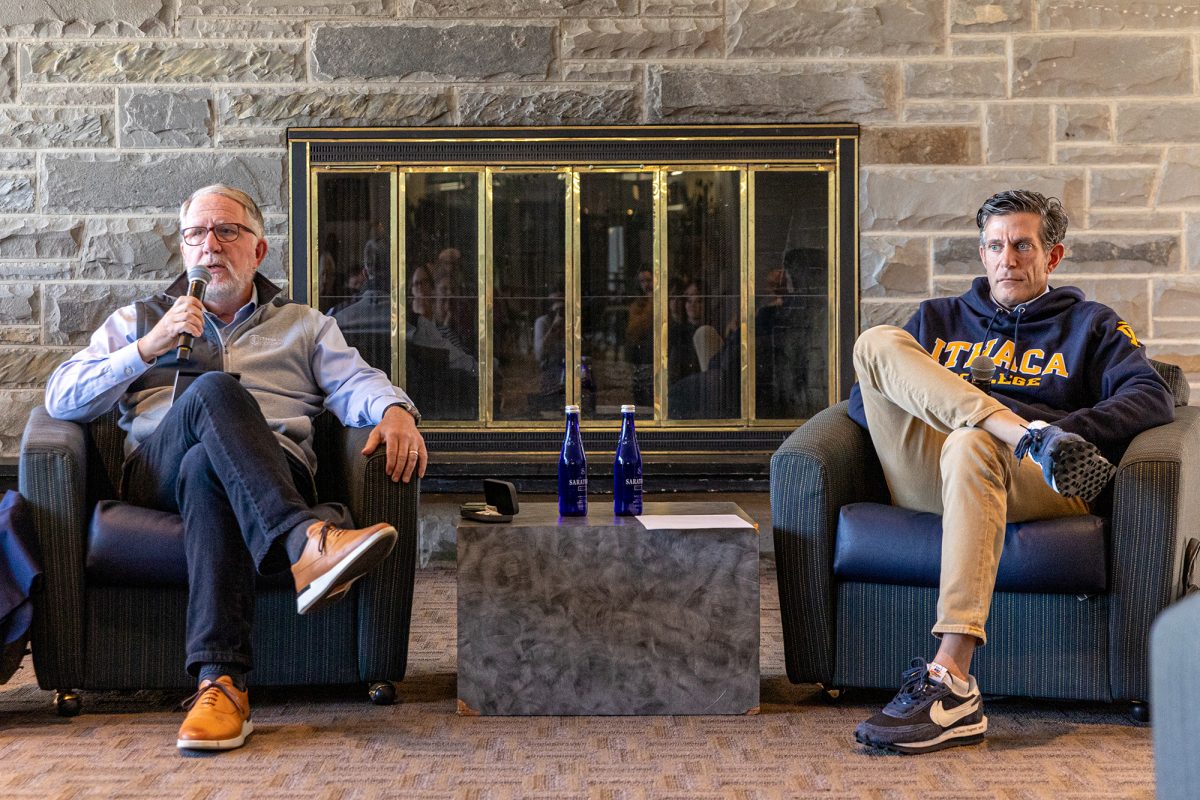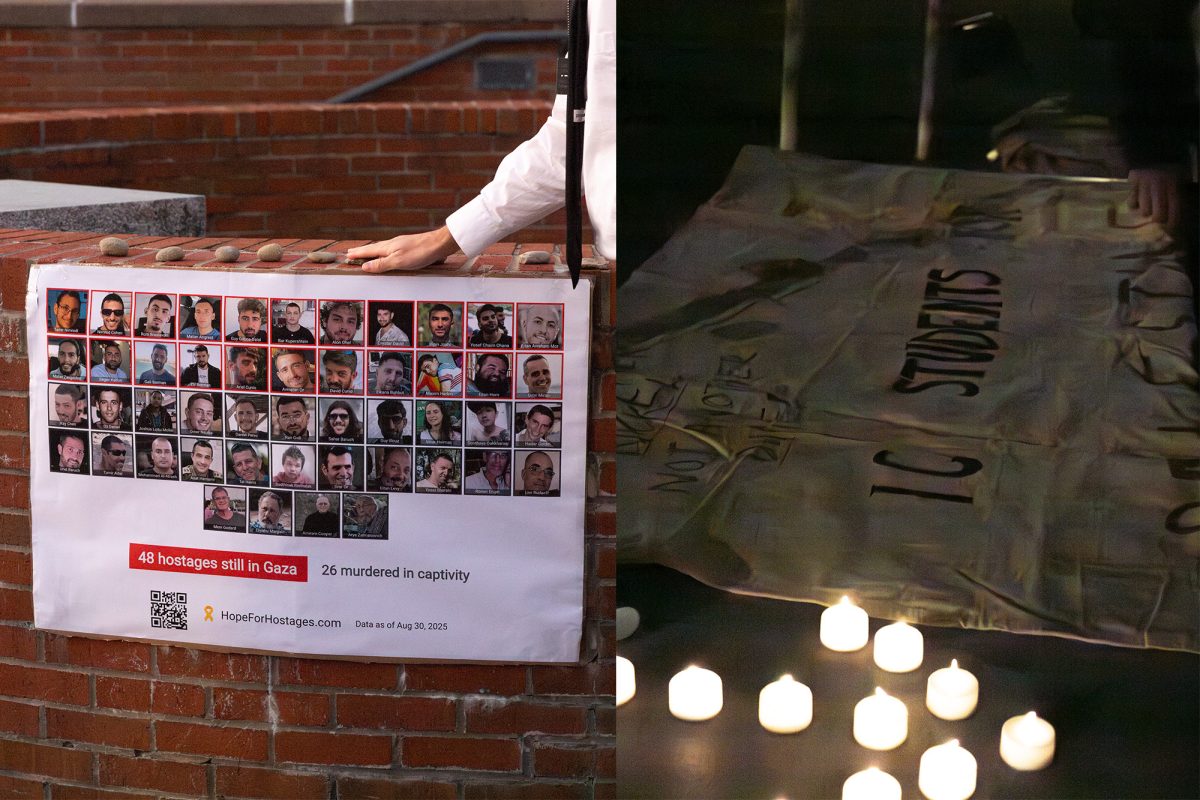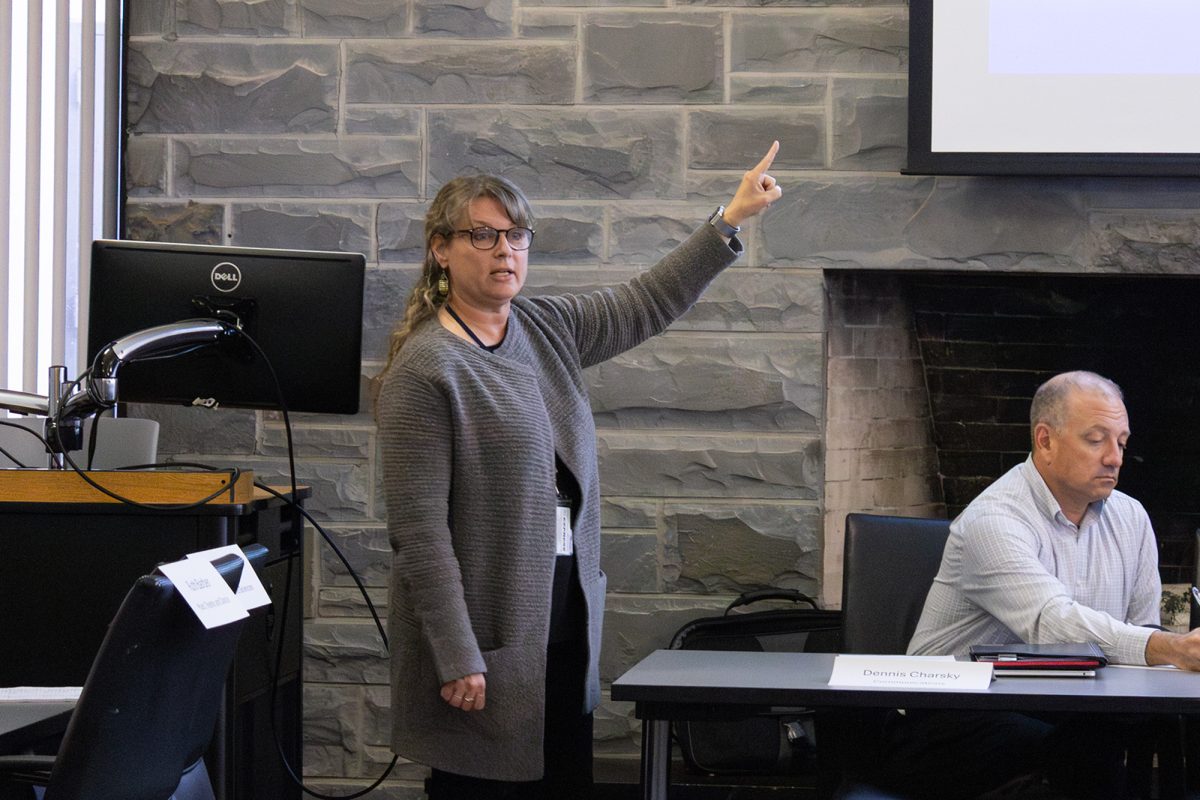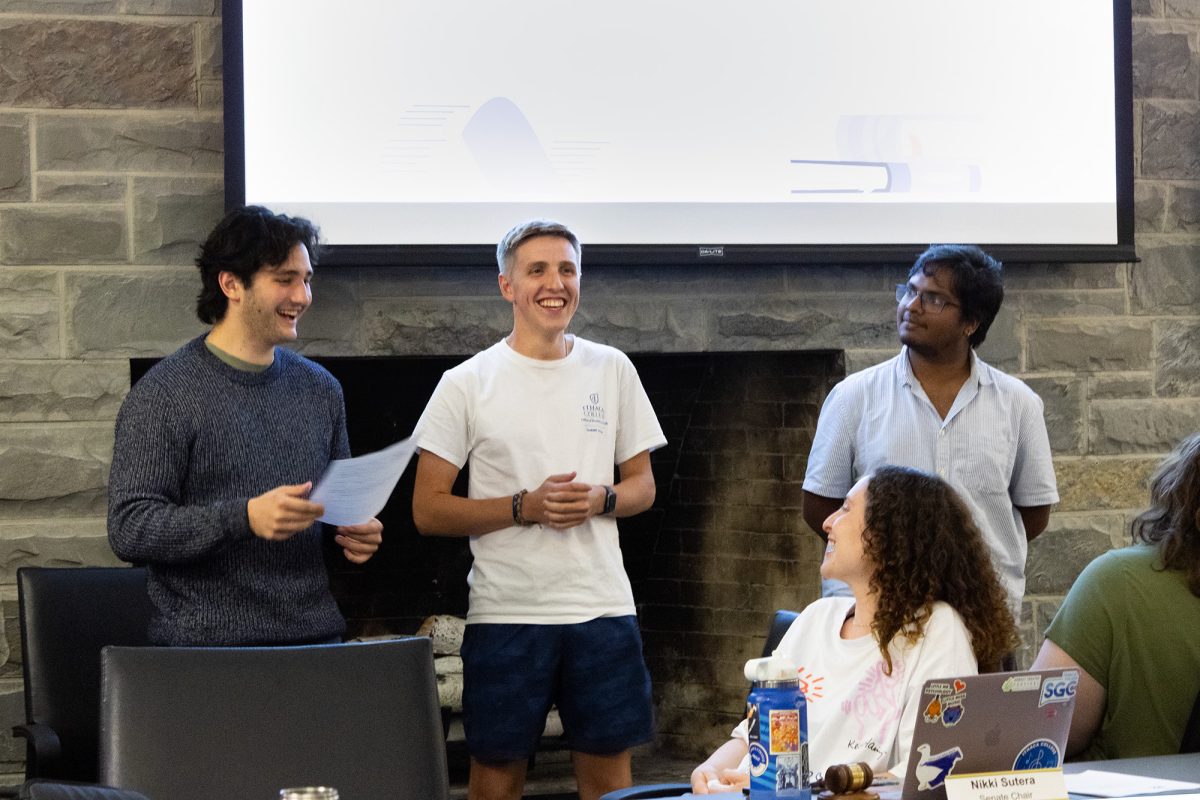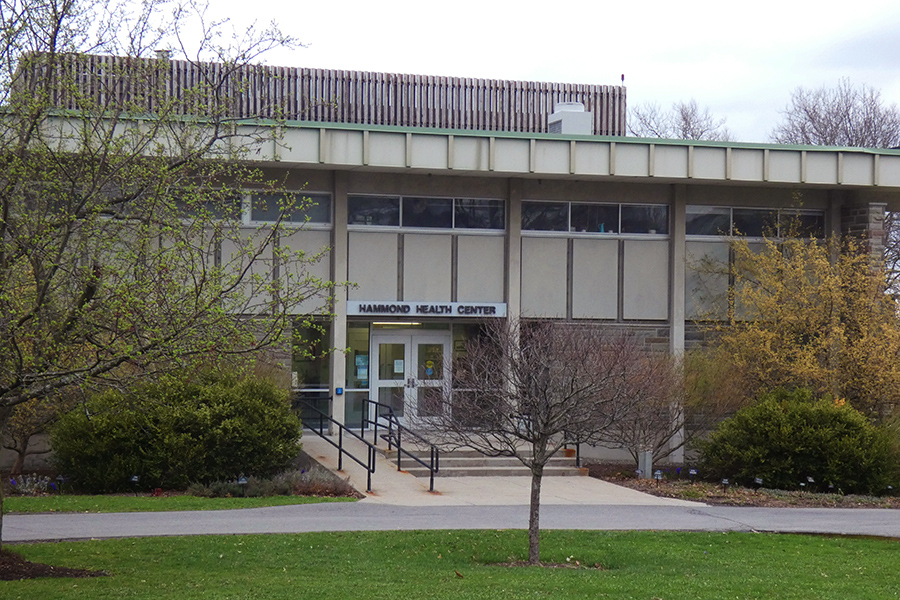Two years ago, sophomore Fallon Blossom described her hometown of New Orleans as a happy place full of culture. But since Hurricane Katrina devastated the Gulf Coast region in August 2005, she can’t help letting her frustration show.

Since the hurricane, problems in New Orleans and efforts to rebuild the city have been highly publicized. But Blossom said the situation is not what is seen on the news.
“There are so many areas that still look how they did right after Katrina,” she said. “There is so much to do, we just don’t know what to expect.”
Though it’s a tough job getting the city back on its feet, Blossom said volunteers in the area haven’t faltered throughout the years.
“People are always looking to help someone, and New Orleans has been at the top of the list,” she said.
This winter break, Habitat for Humanity sent 27 students to Louisiana for five days to work on a plot of land acquired by Habitat International specifically for their builds.
Senior Chris Wyland, co-chair of advertising, was surprised by the contrast he saw between high ground — areas that lie above the water level — and the rest of the city.
“We drove by areas that looked like just a field, but then when you looked closer you saw all foundations of where houses had been,” he said.
Senior Mike DeHart, a leader on the trip, said his first visit to the city was overwhelming.
“You can still see all the damage,” he said. “There is just a lot of emptiness everywhere.”
Students worked on projects for Home-in-a-Box, a program enabling Habitat groups around the country to build walls of a house and send them south to be put together. In November, the club facilitated a build in Ithaca, so the January trip provided an opportunity to be on the other side of the project.
Wyland said the group essentially rebuilt the house because the walls were made for the wrong foundation size.
“It was the result of incredible miscommunication between Habitat International and the Home-in-a-Box affiliate,” he said. “It was an eye-opening experience to be on the other side.”
Deb Mohlenhoff, coordinator for community service, leadership and development at Ithaca College, led a trip to New Orleans last March for Alternative Spring Break and said it’s frustrating to know areas where students volunteered are still dormant.
“It’s not that the students didn’t do enough, but the entire infrastructure of the society has to be rebuilt,” she said.
According to an article published Jan. 16 in USA Today, depression, post-traumatic stress and anxiety are at unprecedented levels among the pre-Katrina residents that returned. The article attributed these issues to uninhabitable neighborhoods, families that have been split apart and the 450,000 residents that have yet to return.
Emergency phone calls seeking psychiatric help are 15 percent higher than before Katrina, and the city has no means to accommodate them. Patients are traveling miles outside the city to find functional mental health facilities.
“People can’t see the politics down there. There’s corruption in the government,” Blossom said. “They’re trying to do as much as they can, it’s just not really working.”
The corruption in New Orleans during its reconstruction phase is not limited to the government. The universities are also suffering from corruption.
Sophomore Hannah Wittwer transferred to the college after evacuating from Tulane University. She planned on returning to New Orleans, but after seeing the post-Katrina city, decided against it. Wittwer said she was also afraid of a tuition increase, since the school experienced financial loss.
“You can’t have a huge university with no city to support it. It seemed almost selfish,” she said.
Wittwer’s fears reflect a recent report obtained by The Chronicle of Higher Education citing major infractions with post-Katrina procedures of five New Orleans universities.
The report criticized Louisiana State University Health Sciences Center, the University of New Orleans, Southern University at New Orleans, Loyola University at New Orleans and Tulane University. Each institution was accused of violating their own financial-exigency policies and proceeding in an overall unethical manner.
Blossom said the city that used to be so lively has noticeably less people and the mood has changed. Everyone has problems, she said.
“Katrina is an everyday thing for people that live there,” she said. “The people in New Orleans just need something they can be happy about, [and] now that football season is over it’s back to reality.”
The recent Habitat trip is only one example of the college’s aid to the city. Mohlenhoff said students have made tremendous efforts since
Katrina, and she didn’t expect anything less.
“What’s inspiring about our students is that as soon as you ask for it, we have an overwhelming willingness to help,” she said.
In November, the Corporation for National and Community Service put the college on the President’s Higher Education Community Service Honor Roll based on the school’s work for Hurricane
Katrina relief and other service activities.
In the Honor Roll application, the school reported students spent an estimated 1,715 hours on hurricane-relief service and contributed close to $50,000 in the 2005–06 academic school year alone.
Blossom said though things are getting done, it never seems to be enough.
“Little things are seen as a really, really good thing,” she said. “But from living there my whole life, it feels like somebody should be doing something more.”


